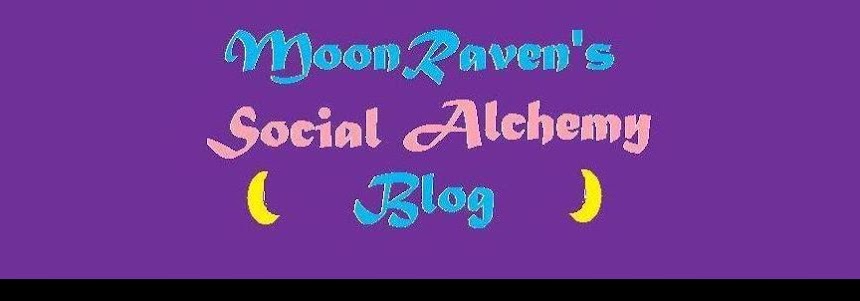Lately I’ve been thinking a bit about our primate relatives and what their social structure says about what human beings are capable of being.
Way back at the beginning of this blog, I wrote posts about Bonobos and Chimpanzees (7/30/08) and about Peacemaking among Primates (a book by Frans de Waal) in a post entitled Peace on Earth (12/24/08). These bonobos and chimpanzees are our closest animal relatives.
In many ways the behaviors of chimps and bonobos couldn’t be more different. In a very broad generality, chimpanzees are hierarchical, patriarchal, competitive, and violent, whereas bonobos tend to be more egalitarian, matriarchal, cooperative, and much less violent. In books like Our Inner Ape (another book by Frans de Waal) they represent opposing tendencies that humans have--people perhaps are a bit of both. But is there any behavior that both species have in common?
Here’s one. Both chimps and bonobos are what’s called fission-fusion species. Baboons, orangutans, and spider monkeys are as well--and so are humans. What this means is that populations combine and separate. Often during the day they split up and travel in little groups and at night they all get back together. This is especially common among the chimps and bonobos. To quote Iain Couzin and Mark Laidre, “The most fluid societies of any nonhuman primate are found among chimpanzees (Pan troglodytes) and bonobos (Pan paniscus), humanity's nearest living relatives.”
The point is that chimps, bonobos, and humans are all tribal animals. There is a bigger ‘parent group’ (which I will refer to as the tribe) and smaller subgroups (which I’ve heard called clans or bands). Again, quoting Couzin and Laidre: “More than 99% of human history was spent in a hunter-gatherer existence, characterized by dynamically shifting social groupings at multiple levels. At the highest tier in hunter-gatherer societies is the ethno-linguistic group or ‘tribe’, formed by several local ‘bands’ that fuse together when resources like water are clustered during dry seasons. Bands themselves, which are made up of around 30 individuals, break up into smaller foraging parties during daily forays out from a base camp. While some individuals remain at the camp to watch over youngsters and tend the old or injured, the foraging parties gather edible plant material and hunt animals, afterward bringing the bounty back to a central place for sharing and redistribution.”
We are tribal animals. We belong in tribes. “...99% of human was spent…” in tribes and our closest animal relatives live in fission-fusion tribes. It’s in our biology. So current human civilization is an anomaly. And we are constantly trying to reform into tribes.
Conservative Republicans know this--at least at a gut level. Their loyalty is to their tribe--and they see themselves besieged by those who don’t fit: pinkos, queers, Muslims, and Mexicans.
I think small towns and villages are our tribes--and in the cities, neighborhoods. There was a story about the Portuguese population of East Cambridge (MA) several decades ago, that if a kid misbehaved several blocks away, his mother would know about it (via a phone call) before he got a chance to get home. The pluses and minuses of villages, towns, and neighborhoods was that most folks knew one another. This was a problems if you didn’t fit in--if you were too liberal or radical or queer or whatever. But a big problem with big cities is that few people know each other and that gives many folks the liberty to be anonymously rude or worse. You can much more easily mistreat someone you are not likely to see again.
I think intentional communities are part of what I will call the re-tribalization movement. Even at large communities like Twin Oaks, or Dancing Rabbit, or Ganas, I feel more at home since as I walk around I realize that I know most of the people I walk by. Since being in community, I often feel bewildered by walking city streets and realizing that I don’t know any of the people I see. It feels wrong somehow.
And, in larger communities, I see smaller subgroupings happening--which some of us (ironically given the info I have above) call ‘finding our tribe’. I think these subgroups are reenacting our history of clans and bands within a tribe. This fissioning and fusing is in our genes.
What else can we learn from primates? I’ve talked a lot about bonobos and chimpanzees. In my next post I want to focus on a study done with baboons.
Quote of the Day: “...why is gossip necessary? Far from being mere small talk, gossip serves myriad vital functions within our fission–fusion societies, both at the individual level and at the group level. Gossip can facilitate social cohesion in the face of repeated separations, reminding individuals of the bonds they have with distant others. And it can also allow information to percolate through the group about the trustworthiness of each member, enabling listeners to keep track of others despite limited first-hand observation. Gossip, therefore, and maybe even language more generally, may have evolved specifically as an adaptation to the highly fission–fusion-oriented societies of our hunter-gatherer ancestors.” - Iain Couzin and Mark Laidre

